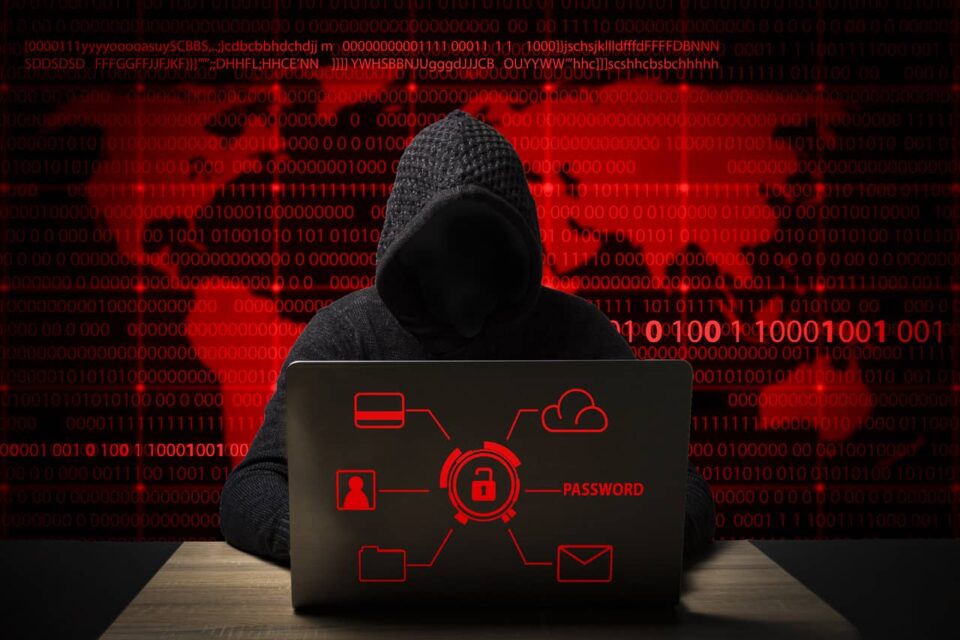Ransomware has now entered the mainstream.
Its headlines announce the latest attacks and news outlets point up the extensively high businesses pay to reclaim their stolen information or data.
And recently ransomware attacks are increasing rapidly, the average ransom amount has skyrocketed to more than $200,000.
However, the true cost of ransom ware can be much higher than the headline-grabbing payout.
The impact on the company’s reputation, as well as the effects of extended downtime.
And more than 15% of businesses never fetch their data. Although, some companies lose their data even after paying the ransom.
That’s even worse. But the best part is that by gaining a better understanding of ransomware threats, types of ransom ware and how it sneaks into our business and personal lives, we can protect our data.
What is Ransomware?
Ransomware creates a threat to you and your system, but what’s unique about this type of malware? The word “ransom” states everything about this plague.
Ransomware is exaction software that can lock up a computer and demand a ransom to release it.
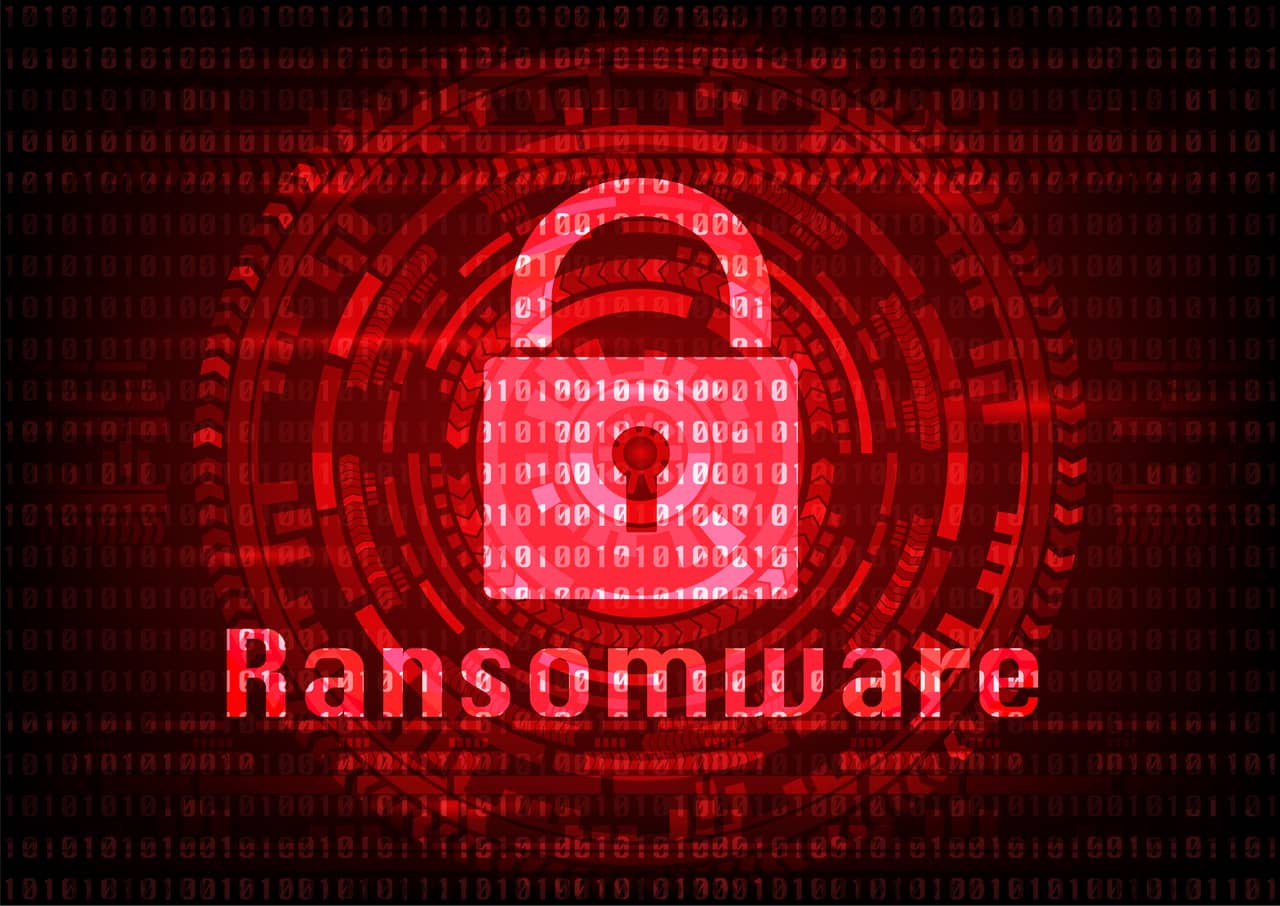
It infects the system by first gaining access to the device.
According to the type of ransom ware, it encrypts the individual files or entire operating system.
The cybercriminals then ask for a ransom from the victim. You should rely on high-quality protection software for ransom to minimize the risk of ransomware attack.
History of Ransomware Attack
Blackmailing the computer users is not an invention of the 21st century. In 1989, hackers used the primitive pioneer ransom ware.
The first case of ransomware attack occurred in 2005 in Russia. Since that time, ransomware attacks have spread all over the world, with new evolutions.
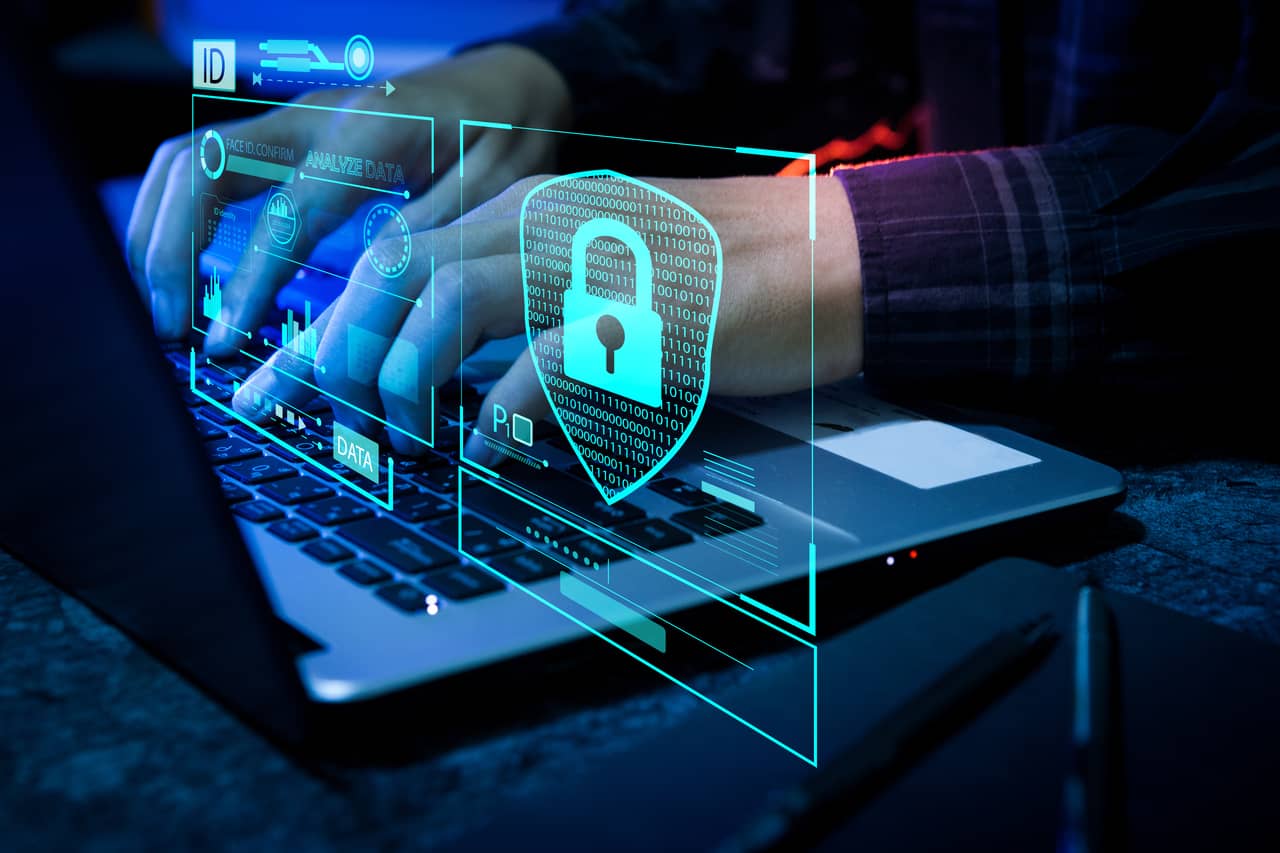
In 2011, there was a rapid growth in ransomware attacks. Since 2016, to protect from further attacks, antivirus software manufacturers have focused their virus scanners on ransom ware attacks.
Here are the examples of regional differences that were seen in various ransom ware attacks are:
Unlicensed Applications:
In some countries, the cybercriminals send the incorrect message about unlicensed applications.
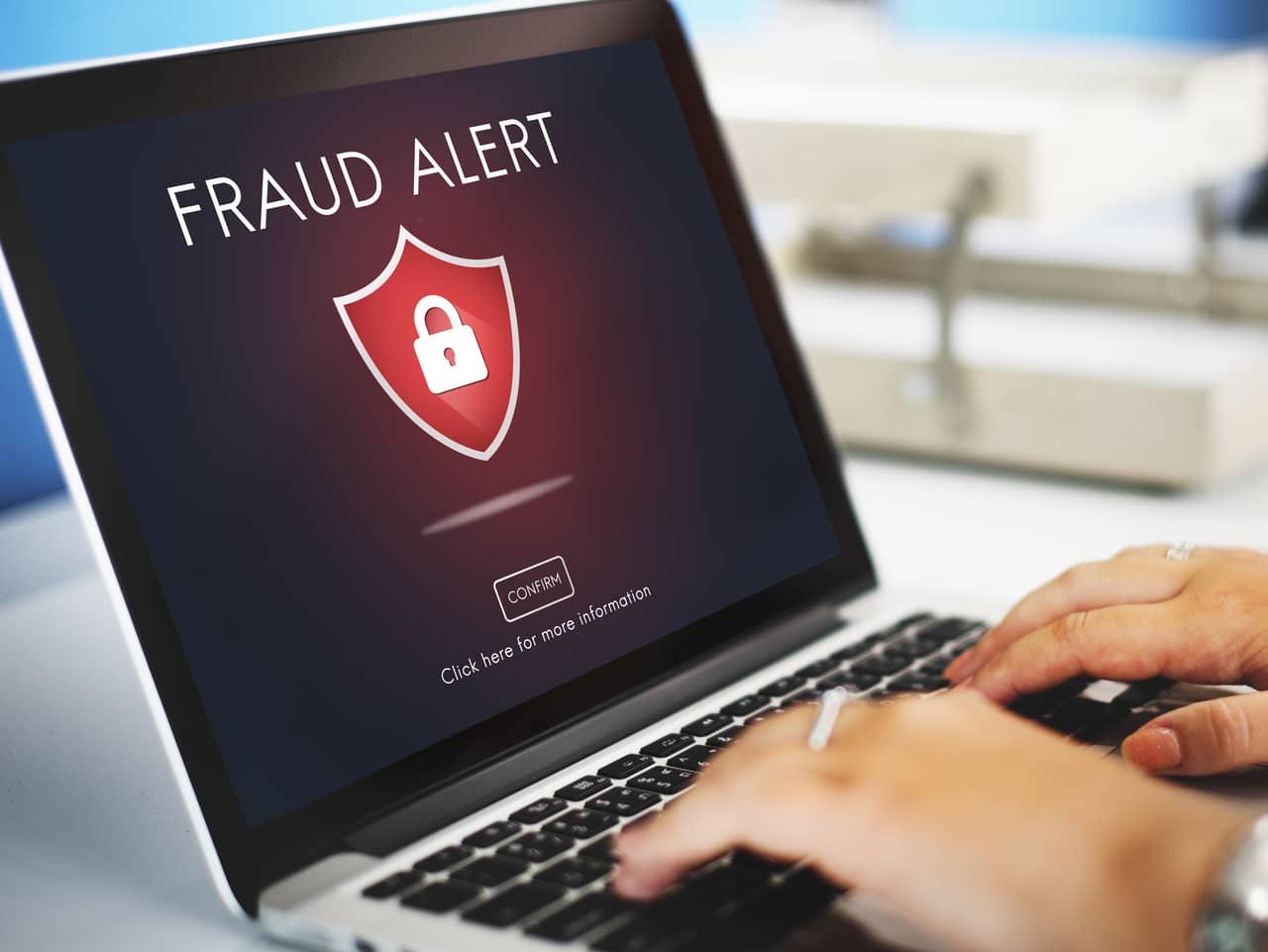
The trojan notifies the victim that unlicensed software now installed on their computer. The message then asks the user to pay the payment.
Illegal Content:
In countries where downloading illegal software is common practice, this approach is unsuccessful for hackers.
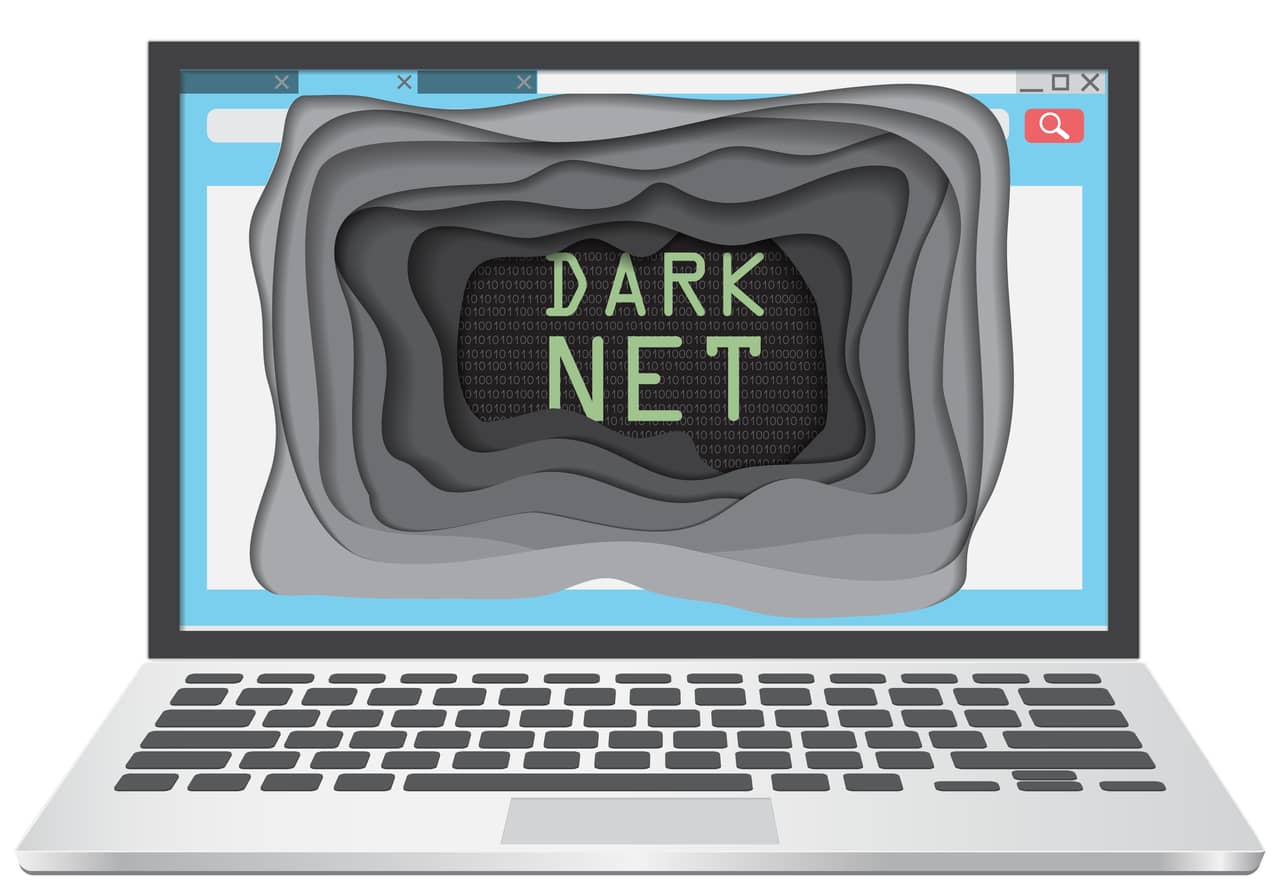
So, the user receives a ransomware message that claims that they are from law enforcement agencies. Such messages also ask for a penalty to pay.
Largest ransomware attack
One of the most serious and largest ransom ware attacks occurred during the spring of 2017 and was called WannaCry.
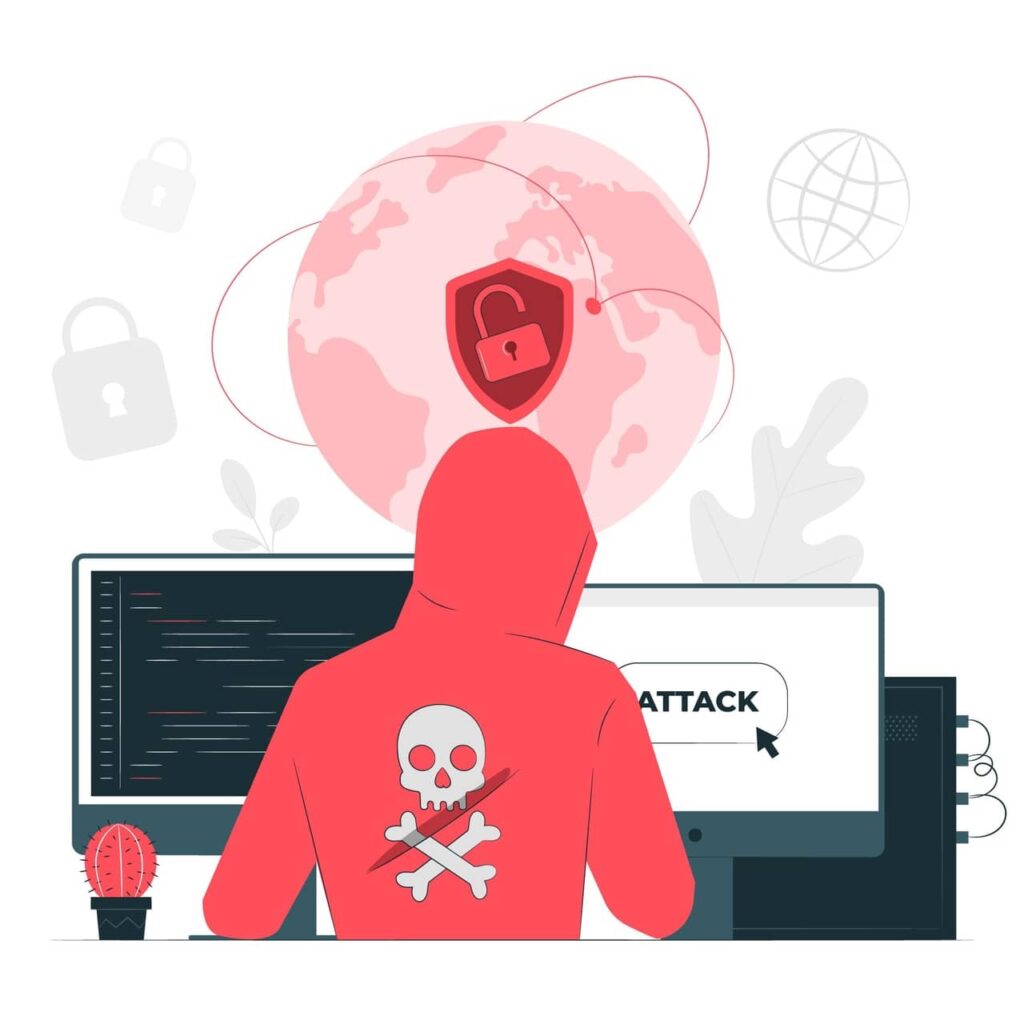
In this attack, from 150 countries, around 200,000 were victims who were asked to pay Bitcoin for ransom.
Also Read: Technology Revolutions: The advancement for the better world
Types of Ransomware
To extort digital currency from victims, hackers use several approaches:
- Scareware
- Screen Lockers
- Encryption Ransomware
- Doxware
- Master boot record Ransomware
- Mobile Ransomware
Scareware
This malware acts as a tech support or security software. Victims will get the pop-up notification that will notify the user about malware that it’s discovered on their system.
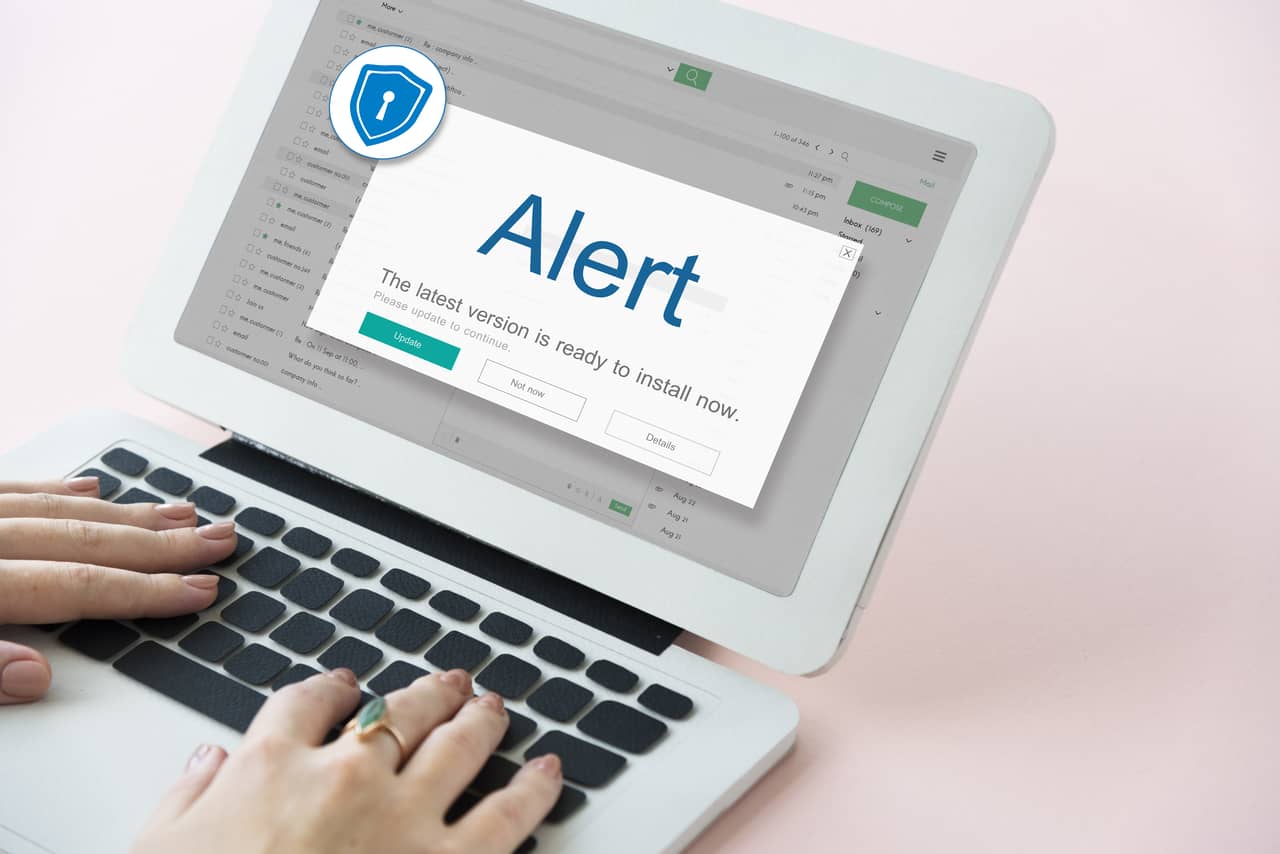
Those who don’t have access to this security software will not receive this information. Not responding to these, will result in generating more pop-ups.
Screen Lockers
Also known as lockers, these are designed to lock out the user completely from their computers.
On starting the computer, a lookalike official government seal will appear on the screen, which will lead the victim to believe that it subjects to an official inquiry.

After knowing that illegal web or unlicensed software content is available on the system, victims have to pay out the electronic fine.
Meanwhile, official government associations don’t do this, instead they would go through proper legal procedures and channels.
Encrypting Ransomware
Also known as data kidnapping attacks, these give access and encryption of victim’s data to cybercriminals and then ask them for a payment to get files unlocked.
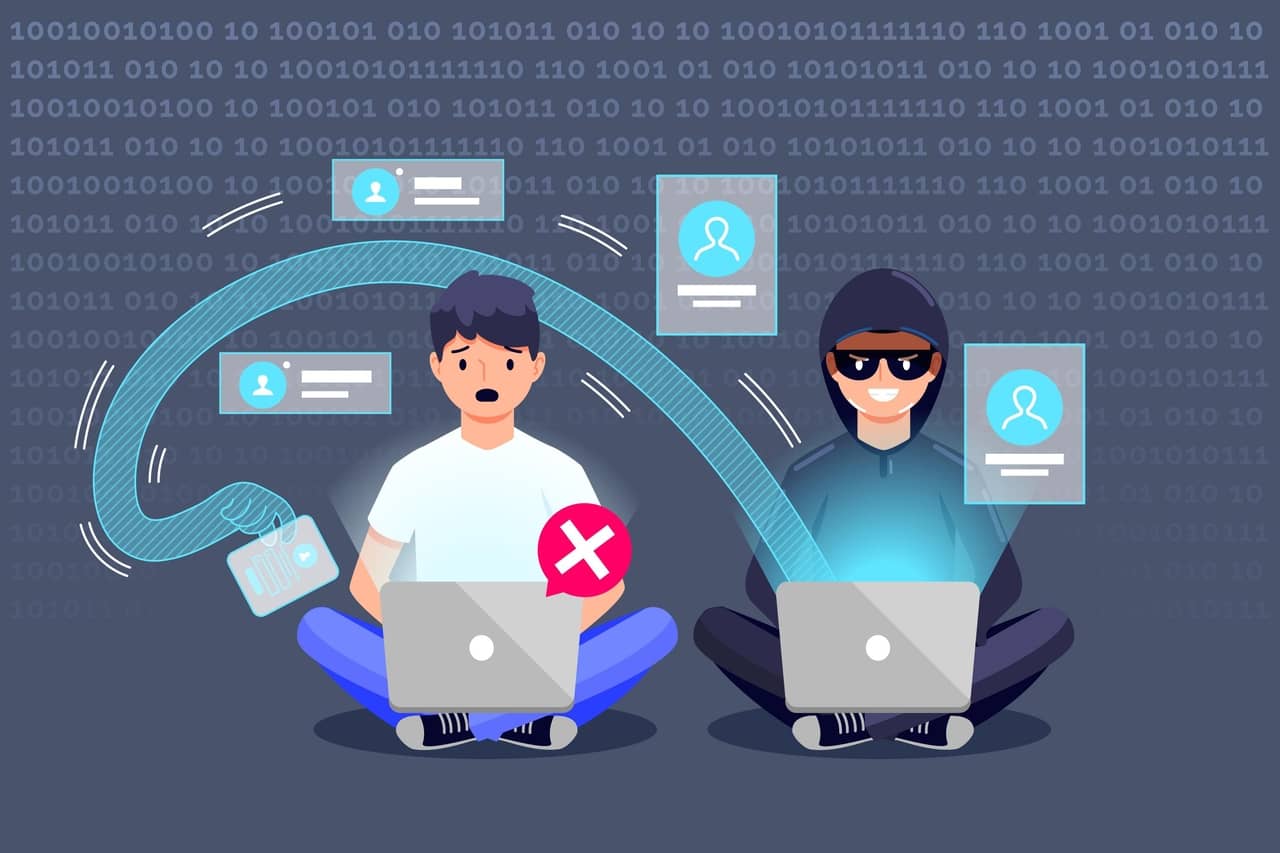
After this, there’s no surety that the user will get all their data back, even after negotiations.
The hacker also locks the files on affected devices and makes money by selling the product, which promises to help victims in unlocking the file and preventing future malware threats.
Doxware
Through this malware, the hacker threatens to publish data of the victim online if they don’t pay the ransom.

Master Boot Record Ransomware
This malware gets the entire hard drive encrypted of the victim, not only private files but also makes access to the operating system.
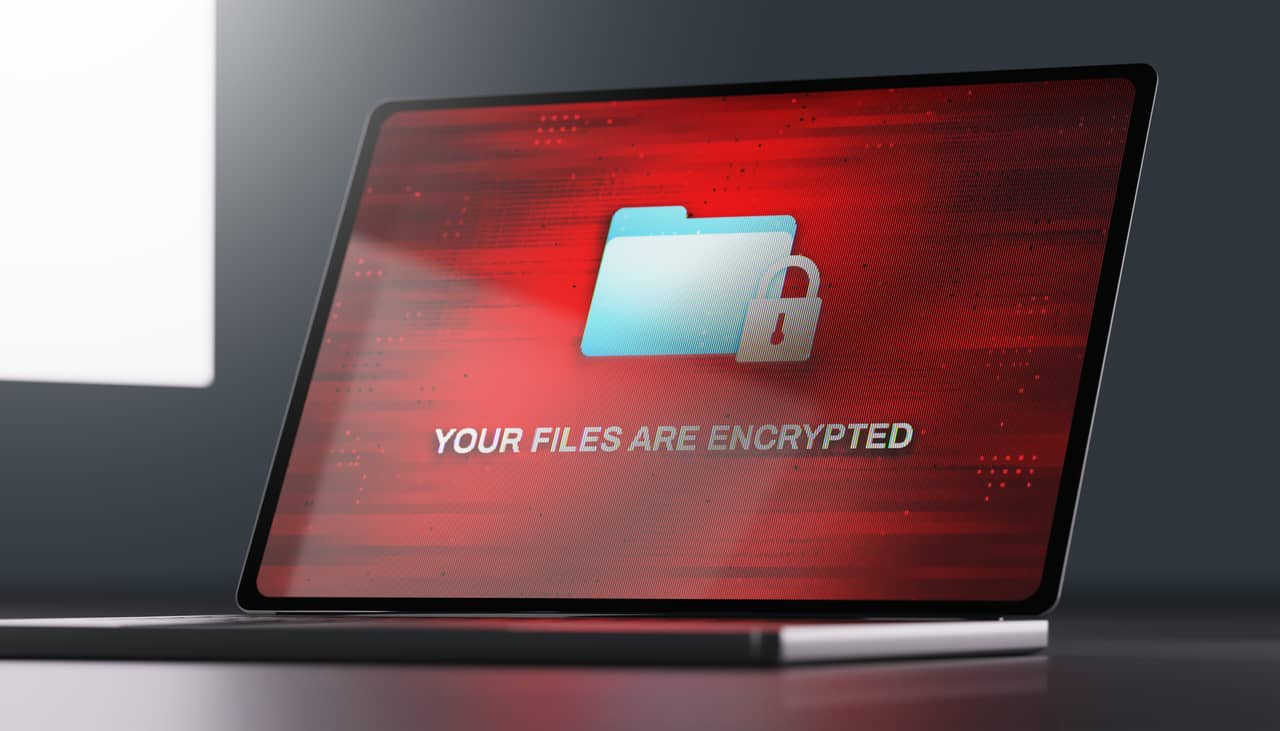
Mobile Ransomware
With this malware, this ransomware infects the mobile devices. The hacker uses a mobile to steal or lock the phone data and requires a ransom to unlock the device or return the data.
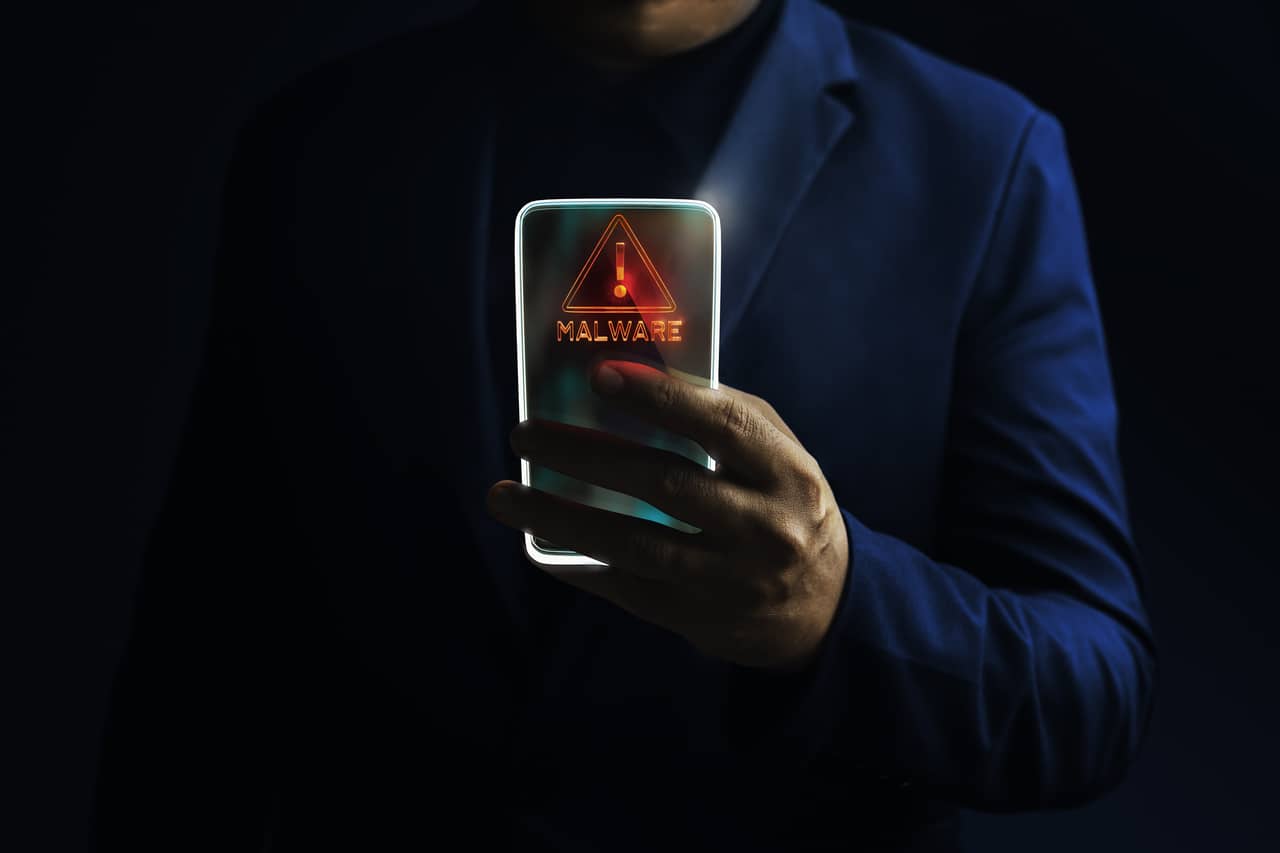
Ransomware Threats
The ransomware threats depend upon virus variants. There are two main categories of ransomware. This includes:
- Locker Ransomware
- Crypto Ransomware
Locker Ransomware are those that impact the basic functions of computers, while in crypto ransom ware, individual files get encrypted.
This types of malware make a huge difference in dealing and identification of the ransomware.
In these two main categories, they make the distinctions among various additional types of ransomware threats.
The examples are WannaCry, Locky, and Bad Rabbit.
How Ransomware Sneaks In to Your System
Ransomware is a vicious malware that sneaks in the system through malicious emails and encrypts the critical files.
This sneaking in of the ransomware threat has numerous ways by hackers.
Risks to Small and Medium Businesses
Before the rise of ransomware, small and medium businesses get away with the thought that they aren’t a hacker’s target because the largest companies can pay the large ransom amounts easily.
But, in reality there are so many Fortune 500 companies to prey on.
Having many new victims of ransom ware, businesses turn to cybersecurity experts and ask why they are the victims.
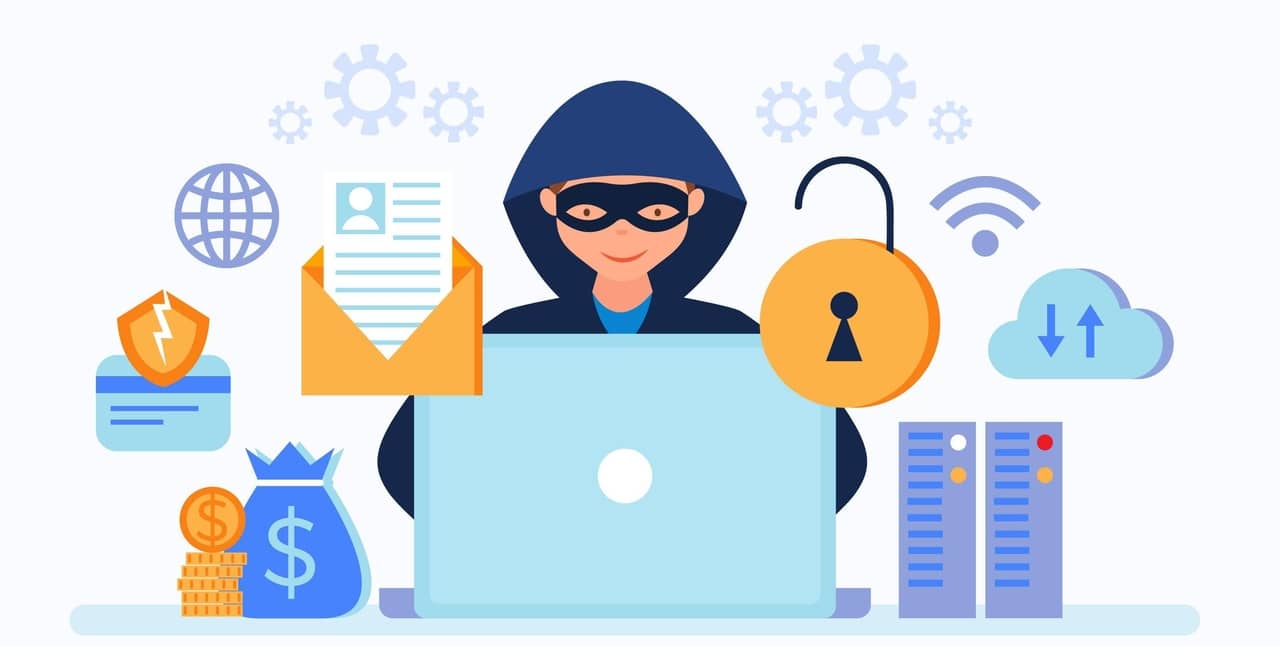
In general, they aren’t! Small businesses get into a trap because of lack of proper security, misconfigured systems, and human errors.
In other words, hackers sneak in to the system by aiming the attention on vulnerable systems.
They look for things like outdated servers and firewalls as these gaps in security makes it easier for cybercriminals to target them.
Protection of Data
Ransomware attacks happen because they are bad IT hygiene. The municipalities attacked repeatedly because of network holes.
The experts suggest that systems should possess the capacity to hunt down the malware and have the ability to respond to attacks in real time.
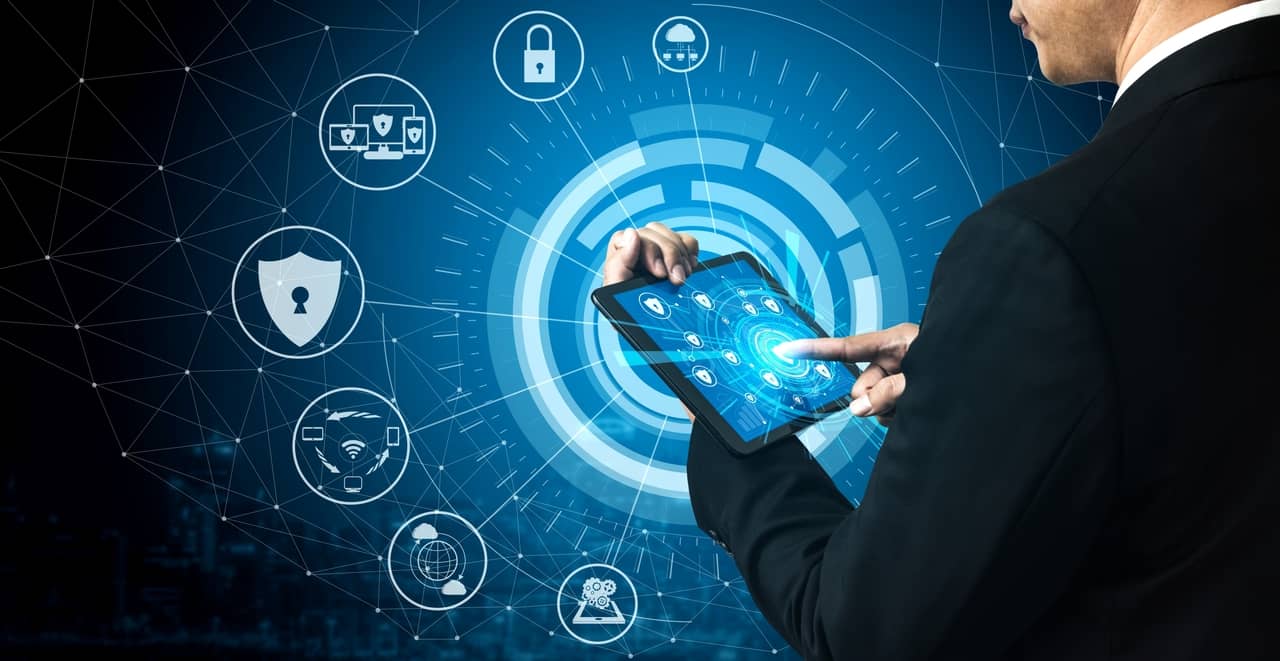
If not, have these, the company will face a mass ransom attack.
That’s the reason that businesses should invest in cybersecurity. With the ransomware detonation, it will be easier for them to prevent themselves from being ransom ware victims.
Having strong security steps, you can protect your company from next ransom ware headline.
Acknowledgement of Threat
With the proliferation of IoT devices and mobiles, it’s an exciting time for technology.
But by interacting with that technology, individuals don’t realize that they are putting themselves at risk for cybersecurity events to happen.
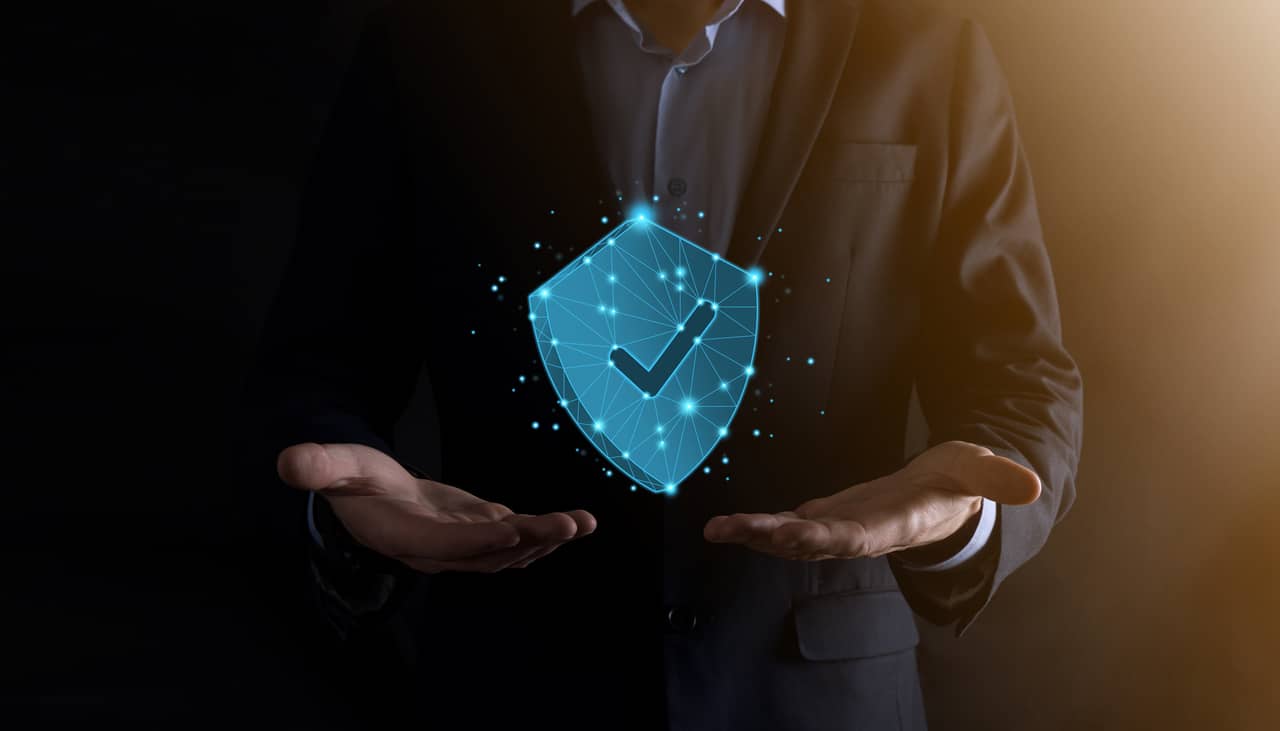
Ransomware threats by cybercriminals look for the easy target, people should not have to focus only on protecting their business, but also in protecting their customers and the surrounding ones.
Ransomware doesn’t sneak in through business servers and work computers. If hackers find your mobile device vulnerable, they will break it in that way.
How to Detect Ransomware in Your Device
If it’s about protection against ransomware, prevention is better than cure. In achieving that, the right security software and a watchful eye are critical.
Vulnerability scans will help in finding the intruders in your system. Initially, it’s necessary to ensure that computers are not an ideal target for ransom ware threats.
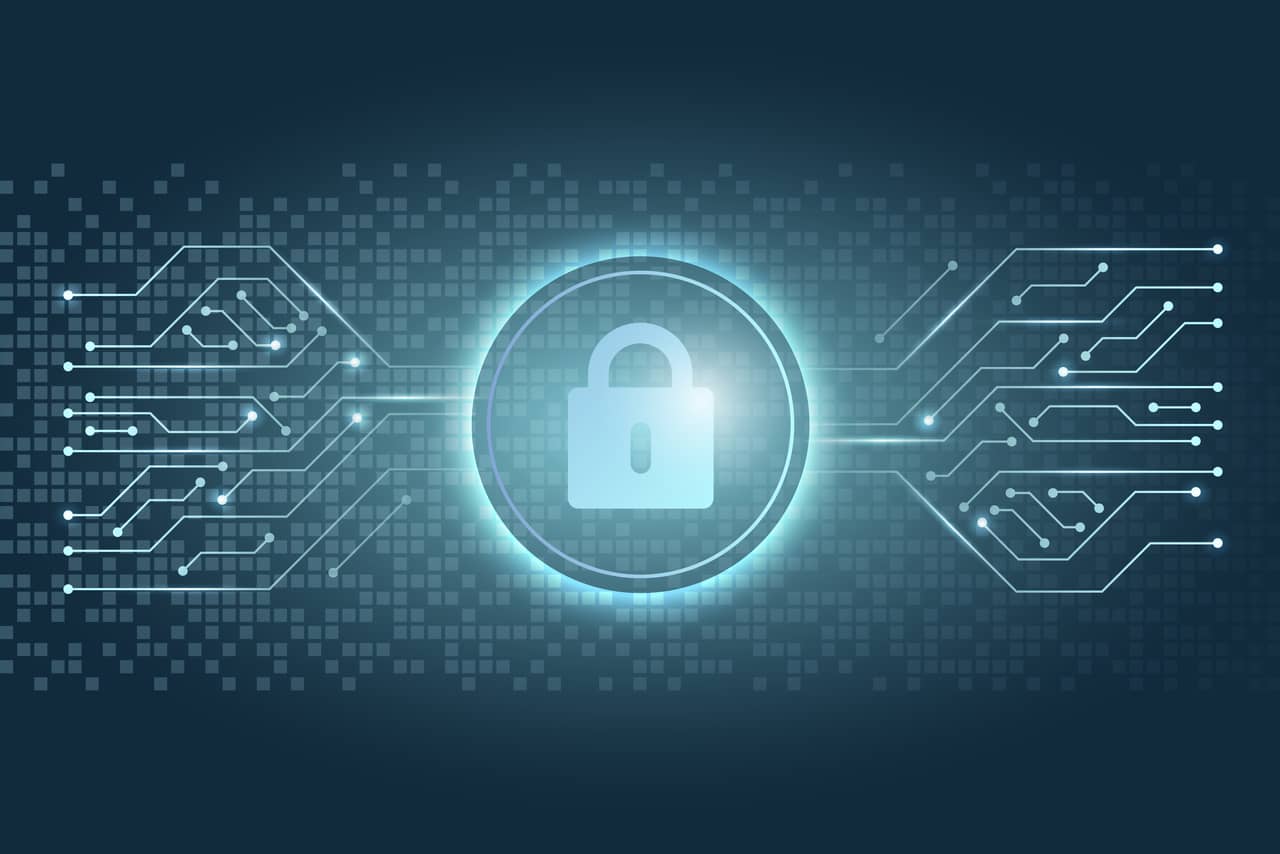
Device software programs should be kept updated to benefit from the new security patches. Furthermore, careful actions with consideration of email attachments and rogue websites is vital.
But even the best preventive measures can fail, makes it all more important to have a plan B. In the case of ransom ware sneaking into your system, plan B consists of having a backup of your data.
Facing the Encrypted Trojans
The most common Trojans routes include visiting sites that are malicious, downloading the malicious attachment or through unwanted add-ons while downloading.
Since malware developed with the intent to stay undetected for a longer time, it is easier to identify the infection. Ransomware attacks can easily be detected using the security software.
Conclusion
Ransomware in all variants and forms creates a significant threat both for companies and private users.
It is significant to keep an eye on the ransom ware threat it creates and to stay prepared for any occurring event.
It is therefore critical to know about the sneaking of ransom ware, to be highly cautious while using the device and to install the best software programs for security.
To prevent ransomware, you must know who is the target and how it will sneak in your tech.
Big companies can make headlines, but small and medium businesses are rapidly falling victim to ransom ware.
More often, ransomware attacks personal devices to sneak into our professional lives.
Keeping all this in mind will help in focusing your efforts when you make investments in cybersecurity.
Further Reading:


